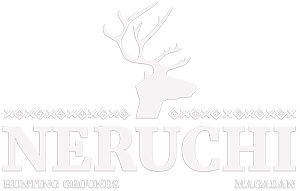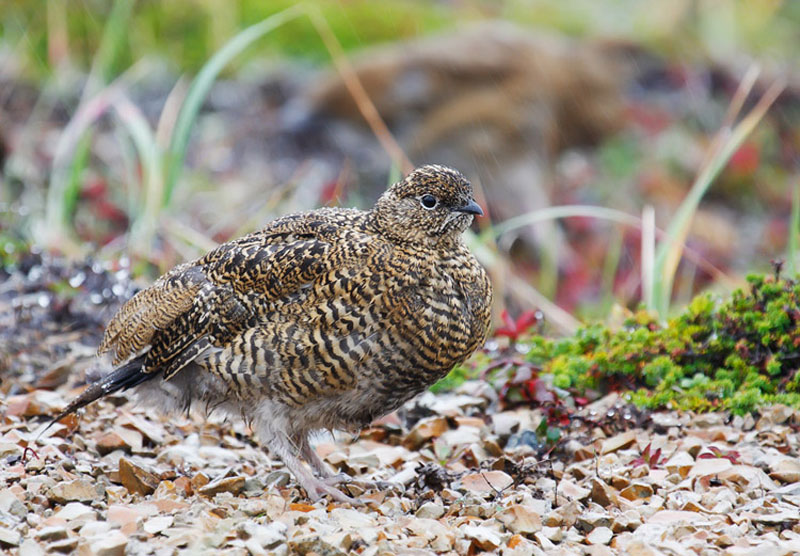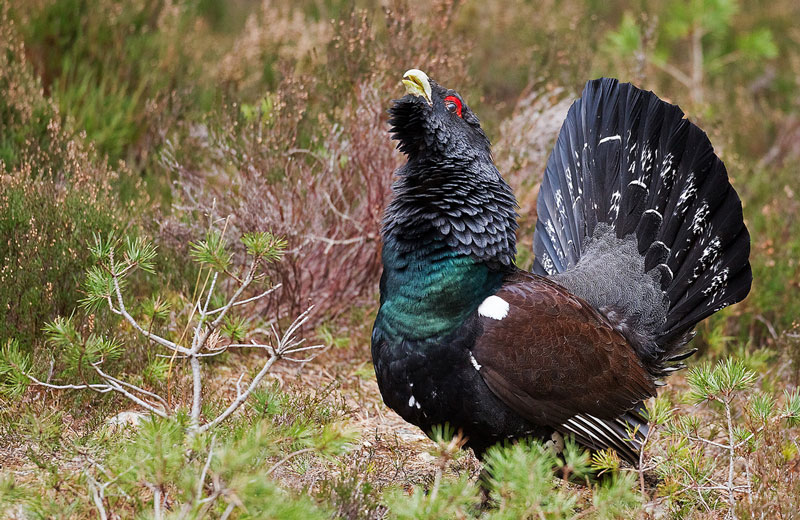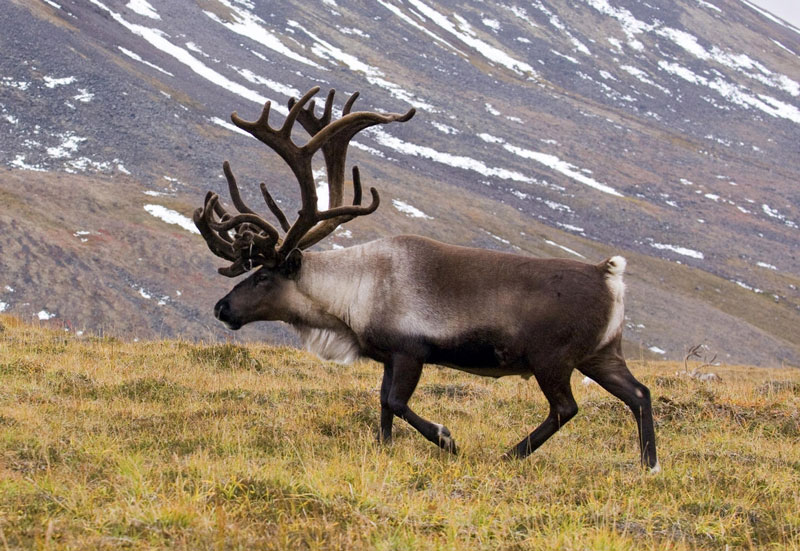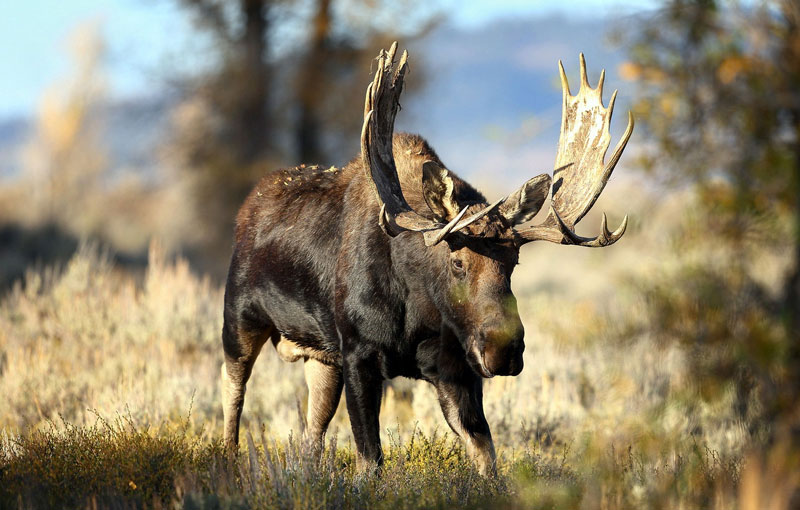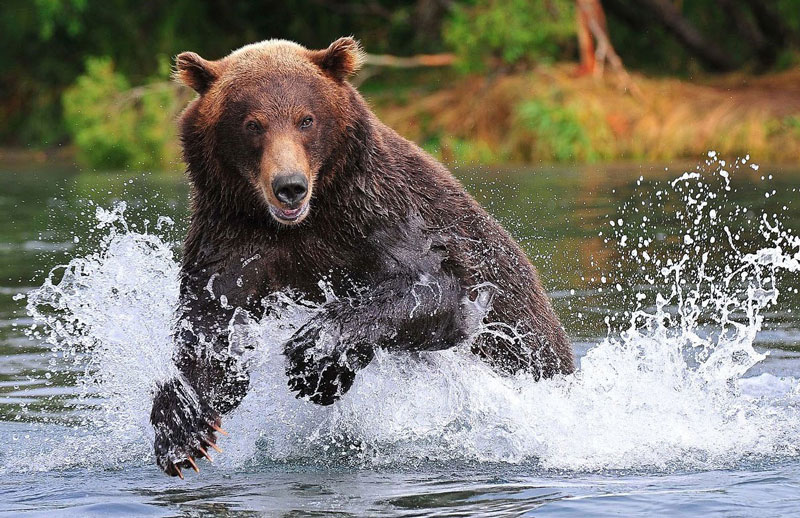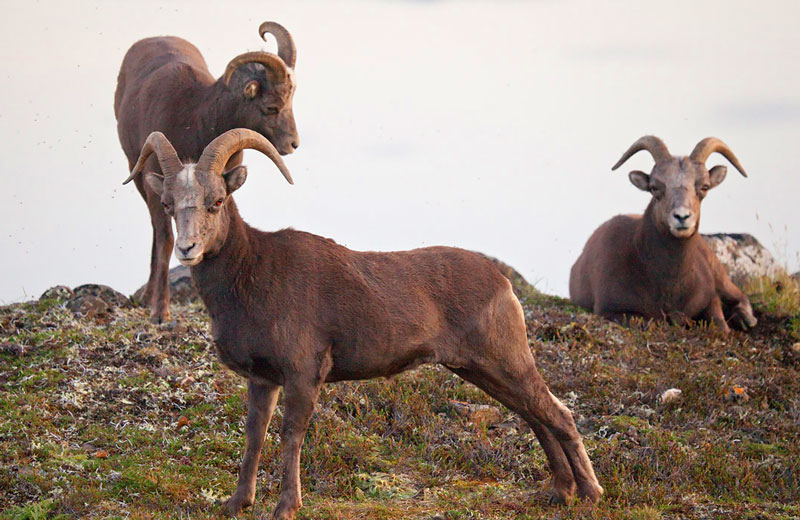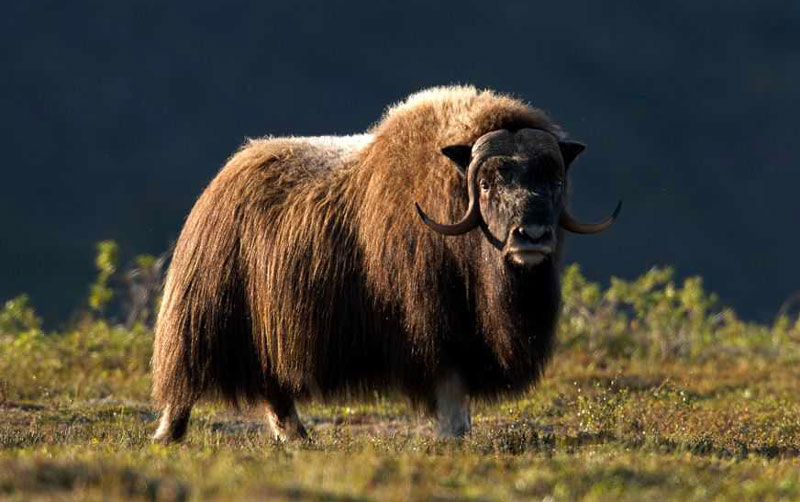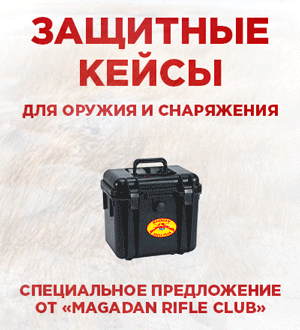Posted on May 20, 2016
Animals for hunting
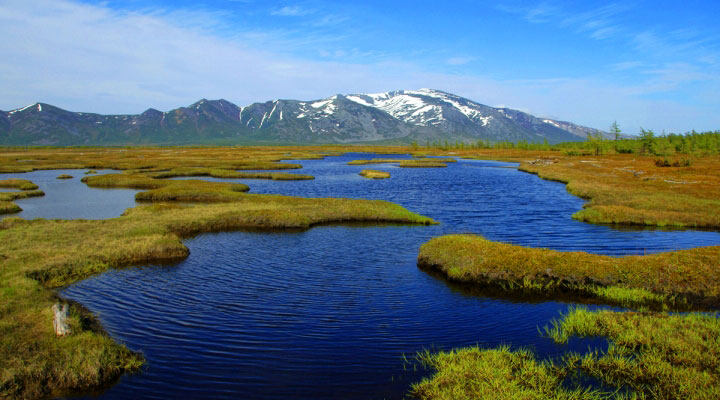
Magadan region – a combination of two main natural zones of the northern hemisphere. Each of them has its own particular climate, which affected the diversity of flora and fauna. Some species, natural habitats which are certain natural areas, can occasionally cross the border. And some of them, such as the brown bear, hare, wild reindeer, sable and fox have adapted to life in the whole region.
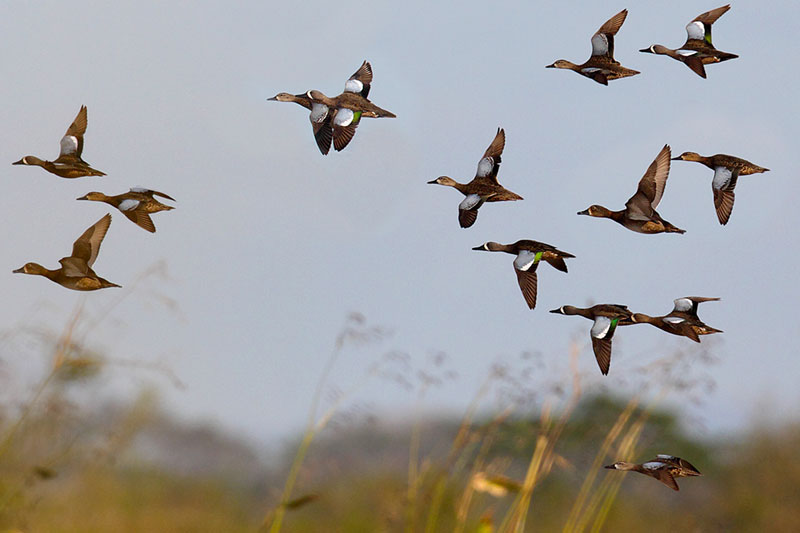
Drake duck
Ducks have an average size of the body, the neck is short and graceful, varied color of the feathers. Duck head more rounded shape. Females reach an average weight of 3-4 kg. Drakes is characterized by large dimensions. Outwardly, their body, the neck is wider and bigger. The average weight of about 4 kg. The color scheme is much brighter. Drake’s head has an elongated shape. The tail part drake forms a ring of feathers, the female does not have this feature.
Grey Goose
Grey Goose – bird up to 70-90 cm, and about 2,1-4,5 kg, wingspan 147-180 cm plumage is gray-brown with a wavy pattern on the neck and belly.. It has a bright fringes of feathers on the back. The bill is pinkish or orange. Male much larger than the female. Unlike domestic geese, the founder of which is the gray goose, it is more agile, easy swims and dives. Since food gray goose produces itself on the ground, here it feels more confident than in the water. This is a strong and cautious bird.
Partridge
Medium-sized bird. The beak and legs are dark in color. The upper part of the plumage speckled, brown, sides and tail are red. Sex differences are reduced only to the fact that females are colored paler. Are sedentary birds live in open areas. They eat a variety of seeds, sometimes insects. Nests suit on the ground in the form of lined depressions located in secluded places.
Capercaillie
A large bird of the pheasant family, the order Galliformes. The title of “grouse” bird owes performing courtship ritual known especially in the mating season males lose sensitivity and alertness than the often used by hunters. Capercaillie – the largest bird grouse subfamily. On the other members of the subfamily differs greatly rounded and elongated tail feathers on the throat.
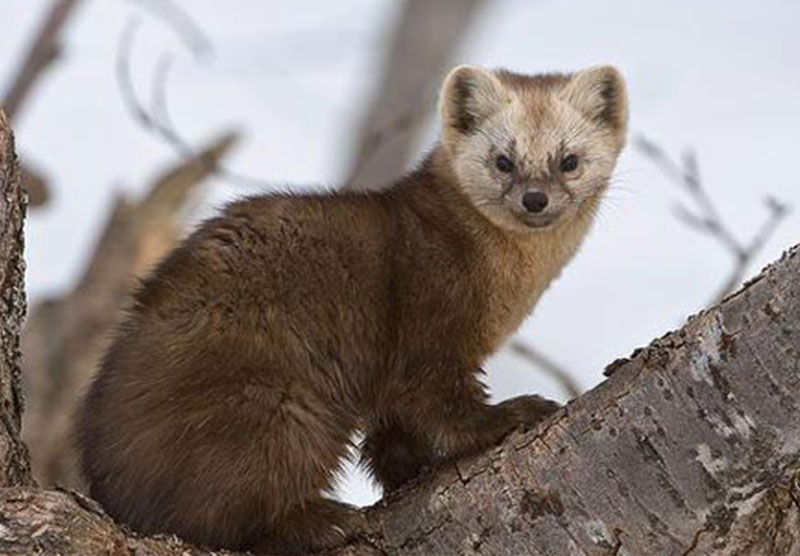
Sable
A typical inhabitant of the taiga. A clever and very strong for their size predator. Conducted by terrestrial life. Moves jumps. Traces – paired large prints ranging in size from 5×7 to 6×10 cm jump length -.. 30-70 cm Good climbing. It has developed excellent hearing and sense of smell, sight weaker. Voice – rumbling, like a cat. Easy walking on loose snow. The most active in the morning and evening. As a rule, lives in cedar wood in the upper reaches of mountain rivers, close to the ground – in dwarf bush, among the stone placers, occasionally rises in the trees. Body length sable – up to 56 cm, tail -. 20 cm Painting changeable skins.
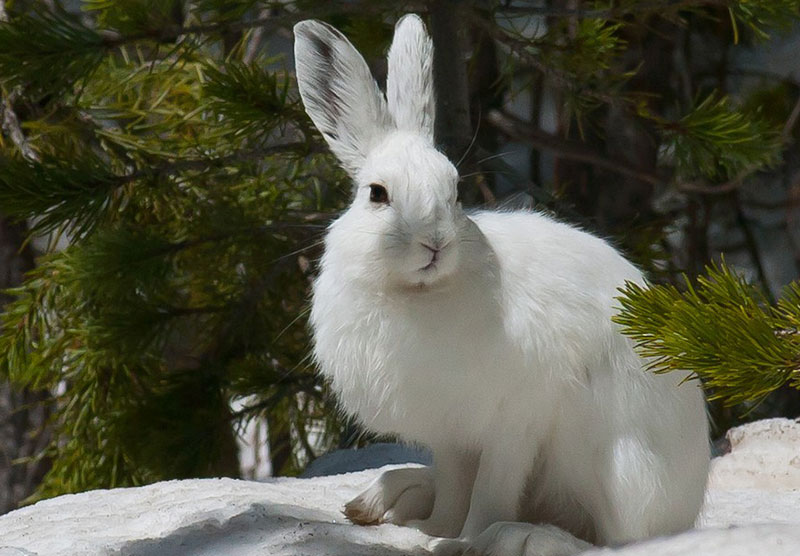
Snowshoe hare
Big Bunny: body length of adult animals from 44 to 65 cm, sometimes reaching 74 cm; weight 1,6-4,5 kg. Average size decreases from northwest to southeast. The ears are long (7.5-10 cm), but markedly shorter than the hare. The tail is usually completely white; . Relatively short and rounded, long 5-10,8 cm Paws relatively wide; feet, including the fingertips, covered with dense hair brush. The color observed clearly pronounced seasonal dimorphism: in winter the hare pure white except for the black tips of the ears; summer fur coloration in different parts of the area – from reddish gray to slate gray with brown struychatostyu. The head is usually painted slightly darker back; lighter side. The belly is white. Only in areas where there is no stable snow cover, hares in the winter does not turn white. Females are larger than males, on average, do not differ in color.
Wild reindeer
Unlike other deer, the front surface of the upper lip is entirely covered with hair. The supraorbital process of the horns at the end expanded, with several secondary fingerlike outgrowths. Coulter sroschёn with palatine bones choanae divides into left and right halves. Unlike other deer, and the fact that the horns are both males and females; Power, in which a significant share is occupied by lichens; many features of behavior, the most notable of which – the formation of large herds. The tail length of 11-21 cm, the ears – 13-18 cm Females are slightly smaller than males.. Body length of individuals in different populations, on average: males 184-210 (up to 226) cm, females 166-199 cm; withers height 114-141 cm and 102-119 cm, weight 74-194 kg and 71-123 kg.
Elk
In the Magadan region inhabited by the largest East Siberian elk weighing up to 750 kg and height at withers up to 235 cm. From the European subspecies, it differs greatly elongated head, a narrow, hook-nosed face, with a large upper lip, much hanging over the bottom. The coloration of the body is dominated by black and brown color at the end of the muzzle, darker on the sides and a black coat on the ventral part of the body except the groin.
Brown bear
Endless space, overgrown with cedar elfin wood – is the realm of the largest and most dangerous predator in Russia – a brown bear. Depending on the season, ie of fodder, bears come in different regions – the marine coastal littoral, berries on watersheds and valley spawning rivers. The largest brown bears weigh 500 kg or more. Length bear an average of 1.5 -. 2 at a height at the withers 1 m standing brown bear during the day, but more often in the mornings and evenings.
Bighorn sheep
Bighorn sheep, a distant relative of Asian urialov Pamir and Marco Polo sheep – the most difficult of the animal Kolyma. Ovis nivicola, ie “Living in the snow”, live on the steep slopes of the mountains, day and night, carefully watching for any threat to them. Baran is medium in size and heavy build. The head is small, with short ears (up to 11 cm), the neck is short and thick. Limbs are also quite short and thick. In the adult male body length is 140-188 cm, height at the withers – 76-112 cm, weight – 56-150 kg. Females are slightly smaller, their body length of 126-179 cm, height at the withers – 76-100 cm, weight – 33-68 kg. The largest members of the species are found in Kamchatka and Chukotka.
Musk-ox
Musk oxen – large stocky mammals with a large head and short neck, covered with very thick hair. Musk oxen have sharp horns rounded with a massive base on the forehead, which they use for protection against predators. Muskox have long and thick hair, which hangs down almost to the ground. Dweller hilly arctic tundra and polar desert, winter often graze in the mountains, where the wind blows away the snow from the slopes. Summer moved to the place of the richest food – in the valley of the rivers and lakes and depressions in the tundra. The preference of certain habitats depending on the season and availability of feed. By way of life reminiscent of sheep. The average height at the withers adult about 132-138 cm, weight varies from 260 to 650 kg.

